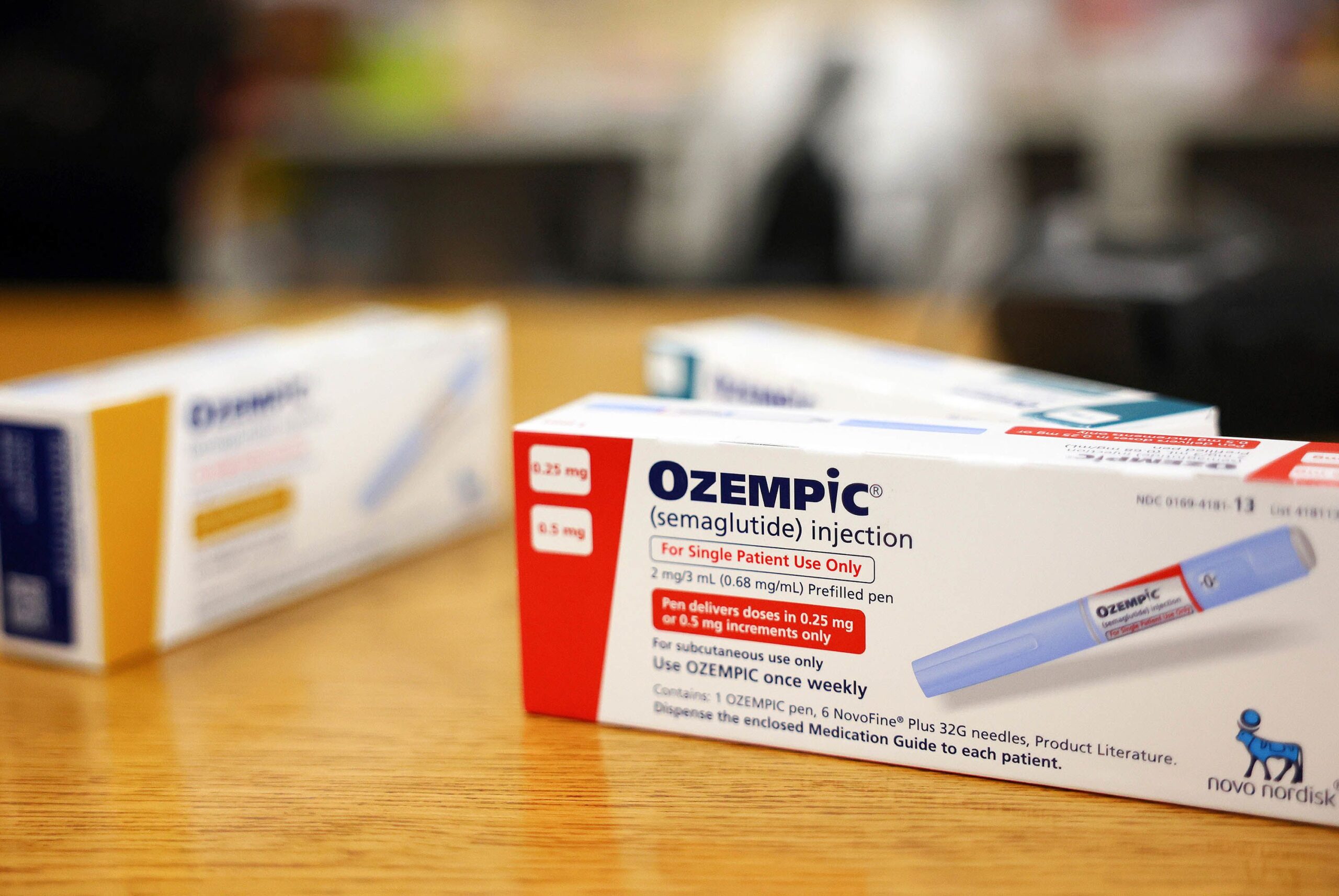

What Is Wet Age-Related Macular Degeneration?
Wet AMD is a severe form of macular degeneration characterized by the growth of abnormal blood vessels in the retina. It’s a leading cause of irreversible vision loss in older adults. Symptoms include blurry central vision, distorted shapes, and difficulty recognizing faces.
Key Findings from the Study
The study examined nearly 140,000 adults with type 2 diabetes in Ontario, Canada. About one-third of the participants—approximately 46,000 people—had been prescribed a GLP-1 drug for at least six months between 2020 and 2023.
- GLP-1 users were more than twice as likely to develop wet AMD than non-users.
- Those who used the drugs for more than 30 months had a tripled risk of developing the condition.
- Despite the increased relative risk, the absolute risk remained low: 0.2% in users vs. 0.1% in non-users.
Why Might GLP-1 Drugs Affect Vision?
The exact mechanism remains unclear, but one theory is that GLP-1 drugs cause rapid blood sugar reduction, which may reduce oxygen supply to the retina. This hypoxia may then trigger the growth of abnormal blood vessels, a hallmark of wet AMD.
“When you make the retina more hypoxic, it pushes it over the threshold, causing abnormal vessel growth,” explained Dr. Linda Lam, an ophthalmologist at Keck Medicine of USC, who was not involved in the study.
Other Eye Conditions Linked to GLP-1s
This isn’t the first time GLP-1s have been tied to eye problems. Past studies have shown possible associations with:
- Diabetic retinopathy
- Non-arteritic anterior ischemic optic neuropathy (NAION), a condition causing sudden vision loss
While evidence is mixed, some trials—like a 2016 phase 3 semaglutide study—found a greater risk of retinopathy complications among GLP-1 users.
Should Patients Be Worried?
Experts stress that while the relative risk is higher, the overall chances of developing wet AMD are still low. However, the dose-response relationship—meaning risk increases with longer use—does suggest a possible causal link that needs further research.
“This was surprising given the enthusiasm around GLP-1s,” said Dr. Reut Shor, the study’s lead author. “It highlights the need to better understand their ocular safety.”
Recommendations for GLP-1 Users
Doctors recommend the following precautions:
- People with type 2 diabetes on GLP-1 drugs should have annual eye exams.
- Be alert for symptoms like central vision distortion, wavy lines, or blind spots.
- Discuss any vision changes with a healthcare provider immediately.
The Bottom Line
GLP-1 drugs like Ozempic and Wegovy offer significant health benefits, including weight loss and cardiovascular protection. However, this new study suggests that long-term use may raise the risk of serious eye conditions like wet AMD in some patients—especially those with type 2 diabetes. Ongoing monitoring and further research are crucial.



